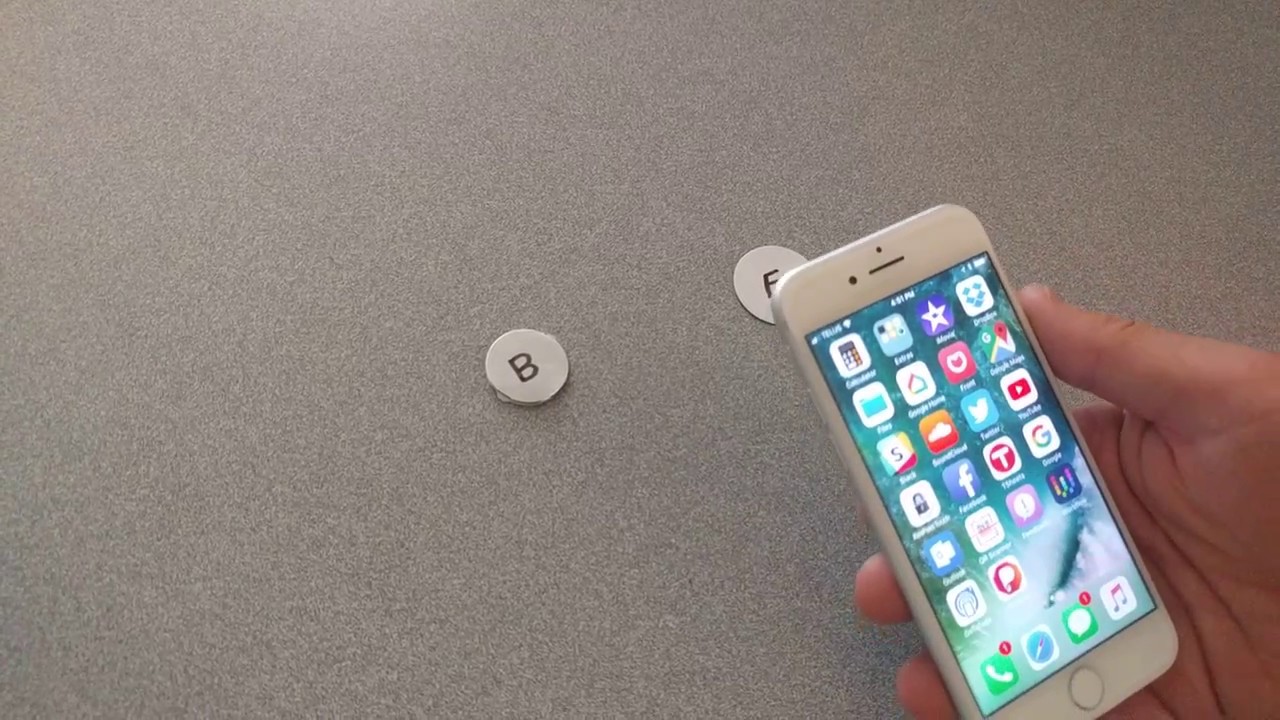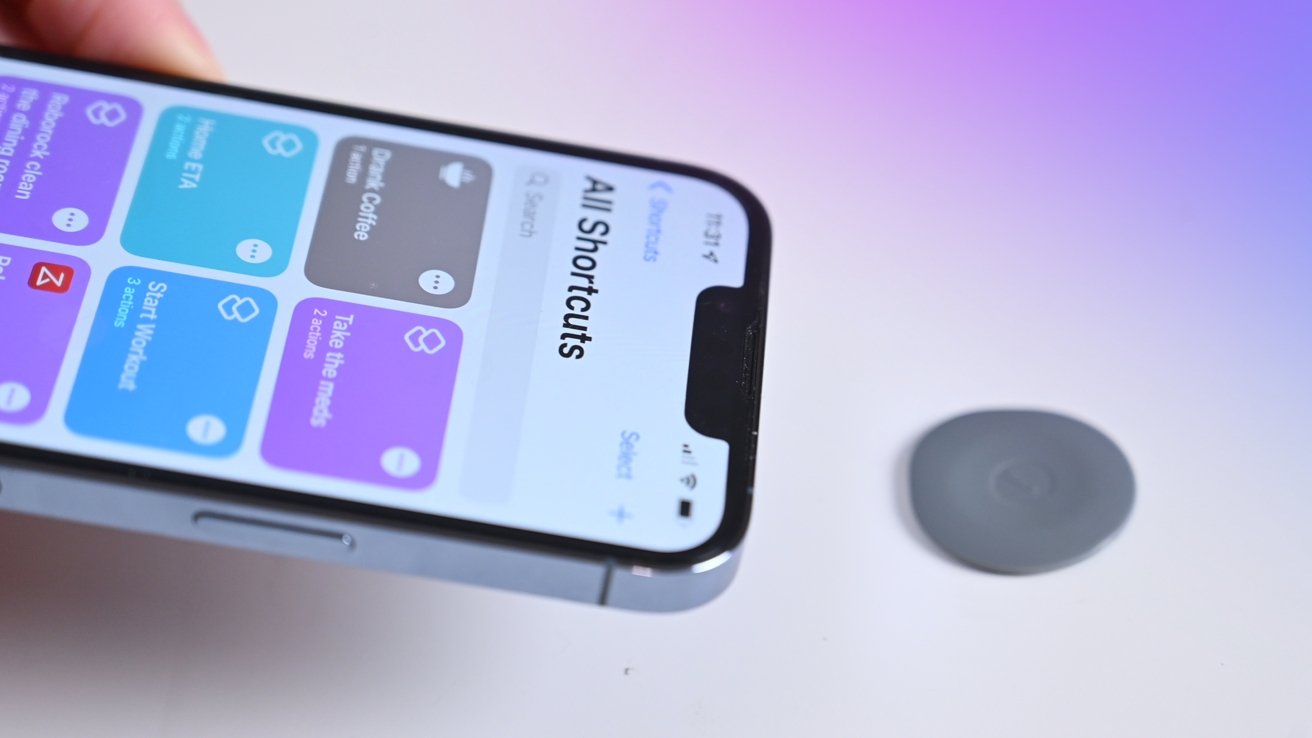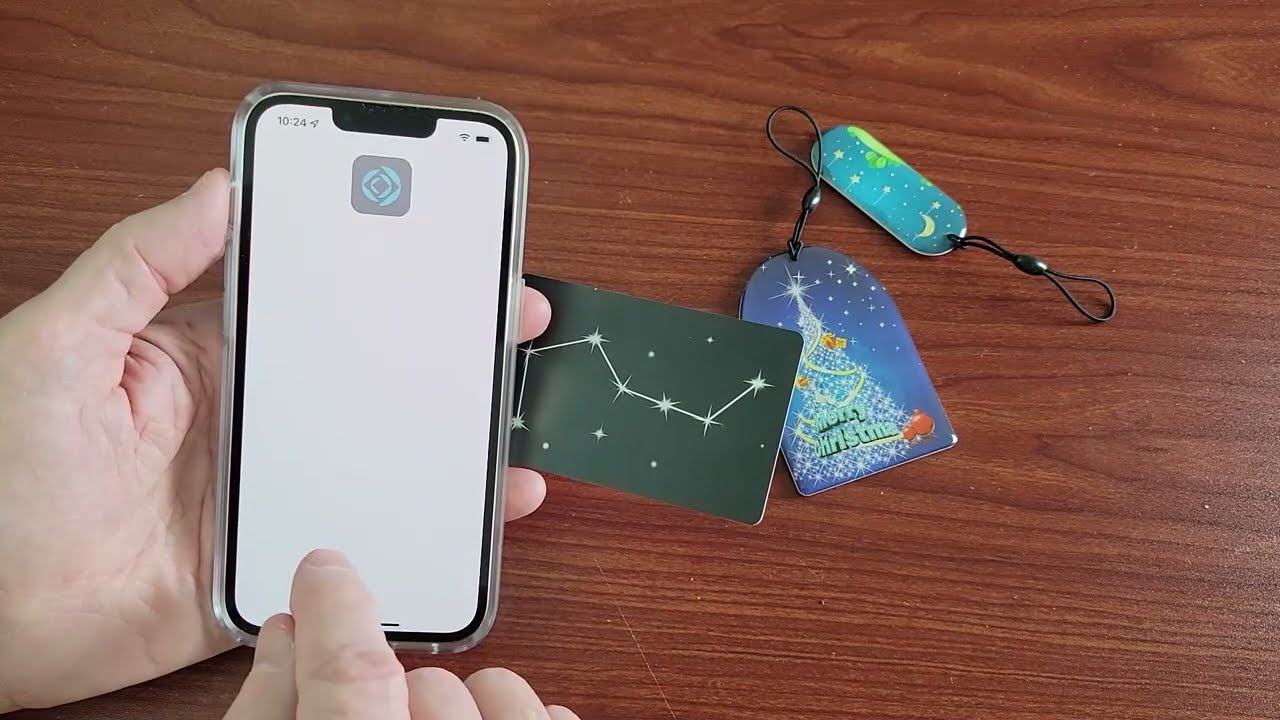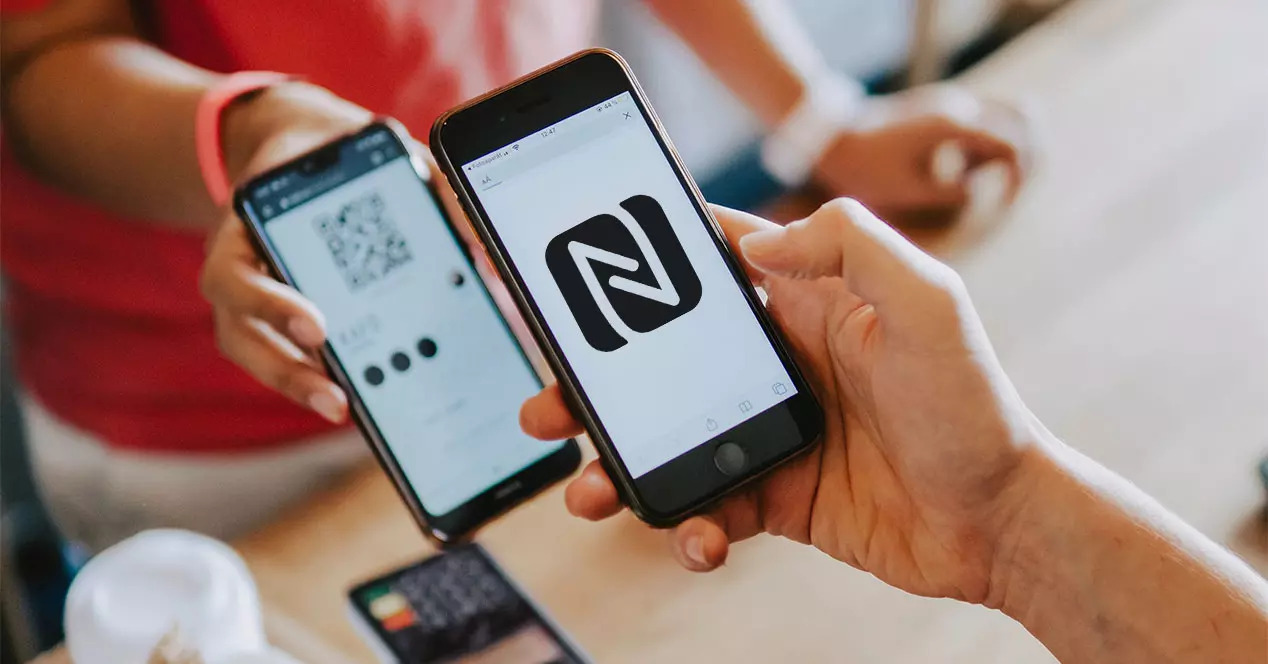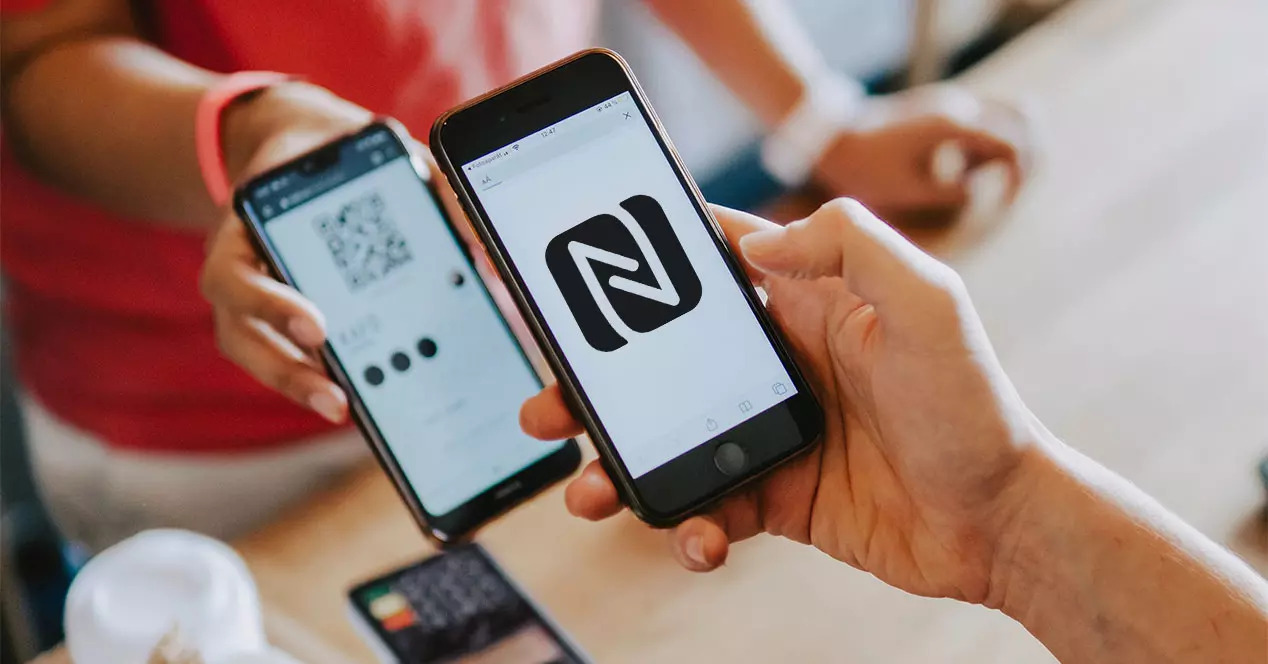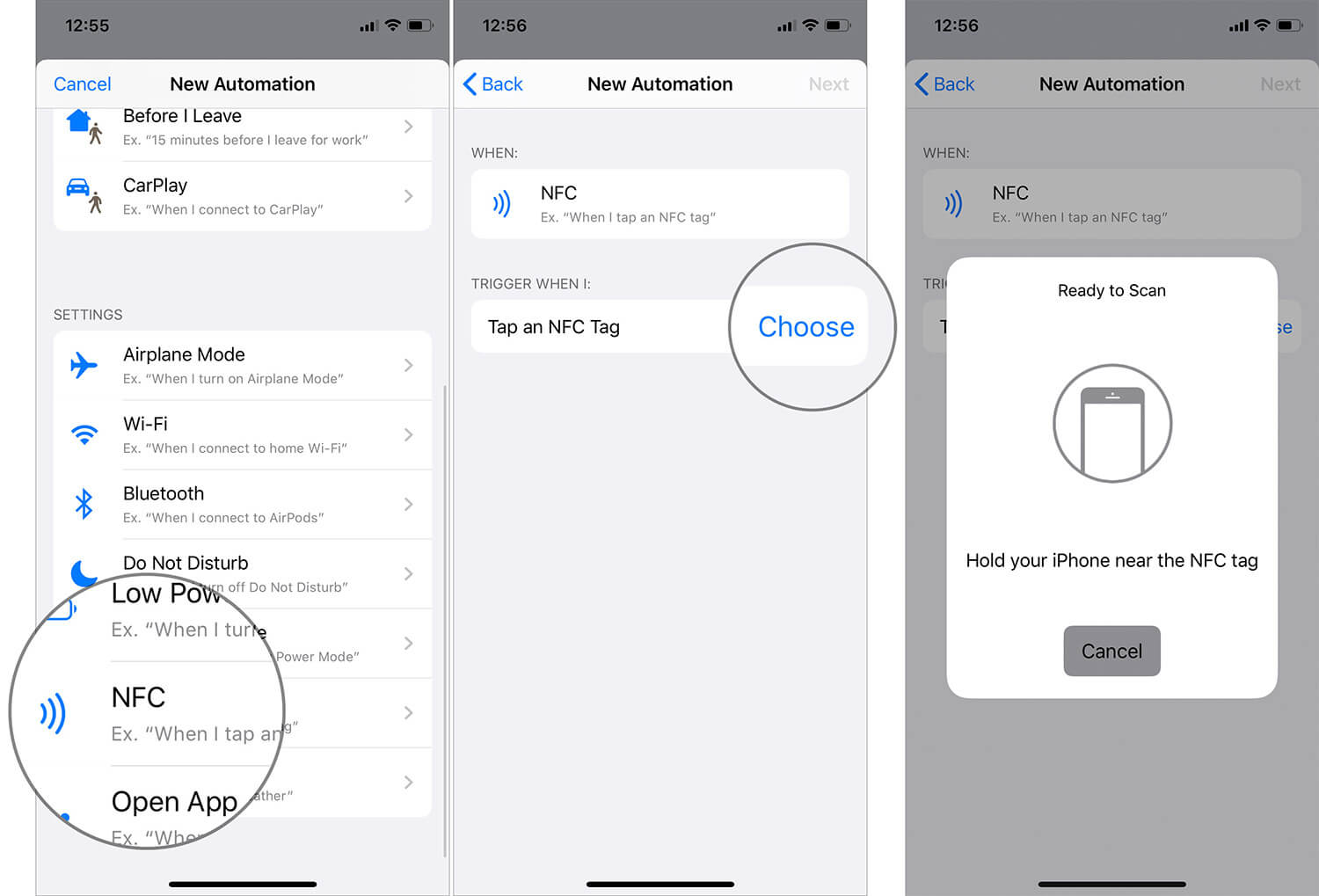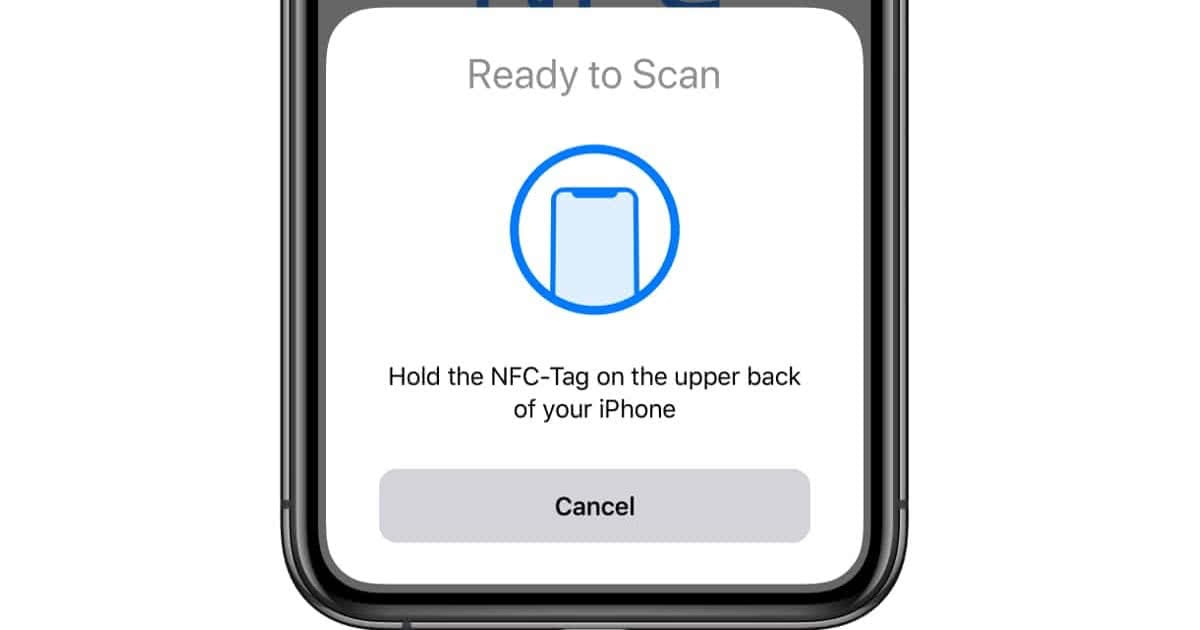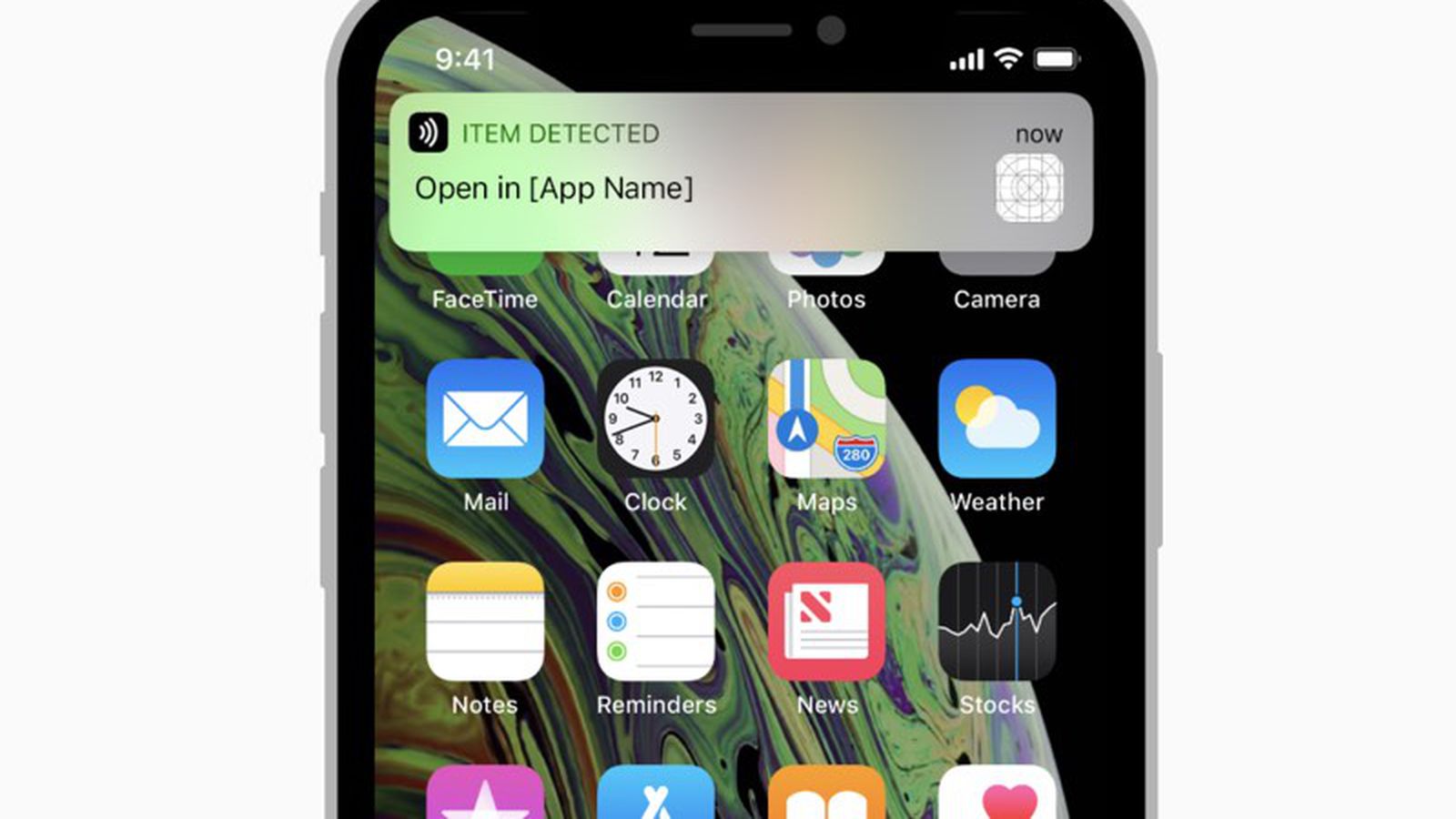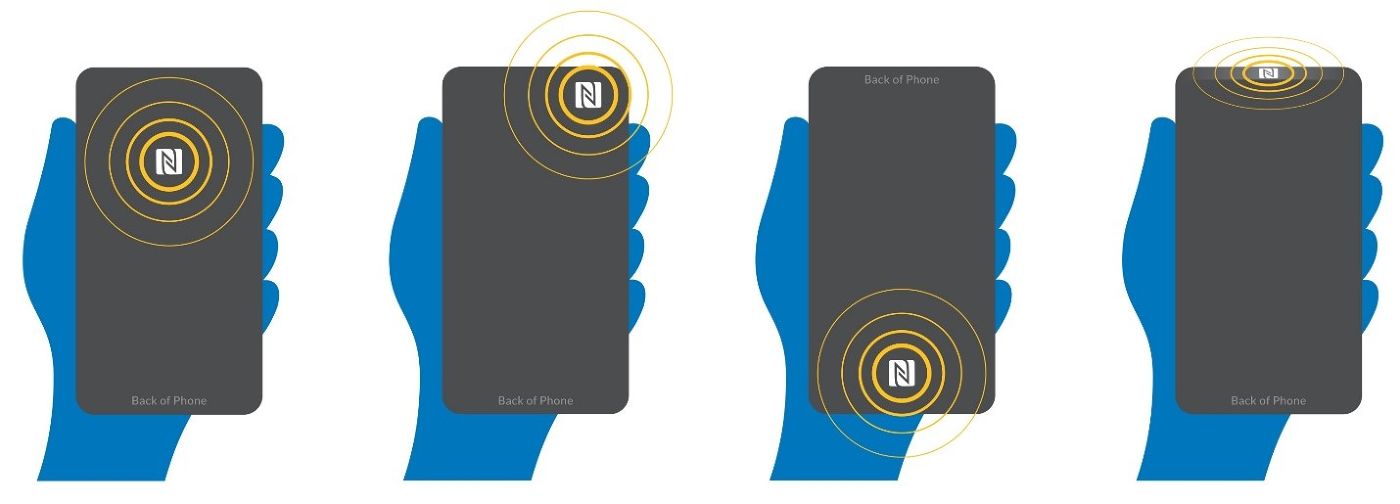Introduction
The world of mobile technology is constantly evolving, and one of the latest advancements that has captured the attention of many iPhone users is NFC (Near Field Communication) technology. NFC has opened up a world of possibilities for seamless and secure interactions with various devices and systems. With the introduction of NFC technology on iPhones, users now have access to a range of features and functionalities that enhance their everyday experiences.
NFC is a short-range wireless communication technology that allows devices to establish communication by simply touching or bringing them close to one another. It enables data transmission and communication between devices, making it an invaluable tool for facilitating quick and easy transfer of information.
The inclusion of NFC technology on iPhones has paved the way for the development of various applications and features. One such feature is the NFC Tag Reader, which allows iPhone users to read and interact with NFC tags. In this article, we will explore what an NFC Tag Reader is on an iPhone, how it works, and its benefits and applications.
What is NFC?
NFC, or Near Field Communication, is a wireless communication technology that enables devices to establish a connection by simply bringing them close together. It operates on short-range radio frequency identification (RFID) technology, allowing for easy exchange of information between devices without the need for physical contact or complex setup processes.
NFC technology works on the principle of electromagnetic induction. It allows for two-way communication between devices, enabling them to quickly and securely exchange data. NFC operates in the 13.56 MHz frequency range and can facilitate communication over a distance of up to four centimeters.
The primary purpose of NFC technology is to simplify and enhance everyday tasks by enabling seamless interaction between devices. It has a variety of applications, ranging from contactless payments and mobile ticketing to smart home automation and data sharing.
With NFC, users can perform various tasks by simply bringing their NFC-enabled devices close to compatible systems or objects. For example, by tapping an NFC-enabled credit card on a payment terminal or an NFC-enabled smartphone on a ticketing system, users can make payments or gain access to events with ease.
NFC technology is widely adopted and supported by major mobile operating systems, including iOS and Android. Its compatibility with a range of devices and its simplicity make NFC an increasingly popular choice for enhancing the functionality and convenience of smartphones and other digital devices.
In the next section, we will explore how NFC technology is implemented on iPhones and the specific features it offers to users.
NFC Technology on iPhone
Apple introduced NFC technology on iPhones with the release of the iPhone 6 and iOS 11. Since then, this technology has been implemented in subsequent iPhone models, allowing users to take advantage of its capabilities. With NFC technology on their iPhones, users have the ability to perform a variety of tasks, including contactless payments, data sharing, and interacting with NFC-enabled devices and systems.
On iPhones, NFC functionality is integrated into the device’s settings and can be accessed through the Control Center. This makes it convenient for users to enable or disable NFC as needed. Additionally, iPhones are equipped with a dedicated NFC chip that ensures efficient and secure communication.
One of the most prominent applications of NFC technology on iPhones is Apple Pay, Apple’s contactless payment system. With Apple Pay, users can securely make payments at compatible retail stores by simply tapping their iPhones on payment terminals. This eliminates the need to carry physical credit or debit cards and enhances the speed and convenience of transactions.
Apart from contactless payments, NFC technology on iPhones also enables users to share data and files with compatible devices through the AirDrop feature. By simply tapping two NFC-enabled iPhones together, users can quickly transfer photos, videos, documents, and more.
Another use case for NFC technology is interacting with NFC tags. NFC tags are small stickers or chips embedded with information that can be read by NFC-enabled devices. With the NFC Tag Reader on iPhones, users can read and interact with these tags, unlocking a range of possibilities. For example, by tapping an NFC tag on a smart poster, users can access additional information or link to a specific website.
In the following section, we will delve into what an NFC Tag Reader is and how iPhone users can make the most of this feature.
What is an NFC Tag Reader?
An NFC Tag Reader is a feature on iPhones that allows users to read and interact with NFC tags. NFC tags are small chips or stickers that contain information that can be read by NFC-enabled devices. These tags can be programmed with various types of data, such as URLs, contact information, or text messages.
The NFC Tag Reader on iPhones makes it easy for users to access the information stored on these tags by simply tapping their devices on them. When an iPhone is brought close to an NFC tag, the device reads the tag’s data and responds accordingly, providing a seamless and intuitive experience for users.
NFC tags can be found in various settings and objects. For example, they may be embedded in posters, advertising displays, product packaging, or even everyday items like business cards or keychains. By interacting with these tags using the NFC Tag Reader, iPhone users can quickly access additional information, initiate actions, or unlock specific features.
The NFC Tag Reader on iPhones is built into the device’s operating system, making it a native and reliable feature. With the combination of NFC technology and the NFC Tag Reader, iPhone users have the ability to interact with the physical world in a more connected and convenient way.
It’s important to note that the NFC Tag Reader on iPhones supports a variety of NFC tag formats, including the widely used NDEF (NFC Data Exchange Format). This allows for compatibility with a wide range of NFC tags available on the market, ensuring that users can seamlessly interact with different types of tags.
In the next section, we will explore how to use the NFC Tag Reader on iPhones and unlock its full potential for enhancing everyday experiences.
How to Use NFC Tag Reader on iPhone?
Using the NFC Tag Reader on an iPhone is a simple and intuitive process. The iPhone’s NFC functionality is integrated into the device’s settings and can be accessed through the Control Center. To use the NFC Tag Reader, follow these steps:
- Ensure that your iPhone has NFC capabilities. The NFC Tag Reader is available on iPhone models starting from the iPhone 7.
- Open the Control Center on your iPhone. This can be done by swiping down from the top-right corner of the screen on models with Face ID or by swiping up from the bottom of the screen on models with a Home button.
- Tap on the “NFC” icon within the Control Center to enable NFC functionality on your iPhone.
- Position your iPhone near an NFC tag. Ensure that your iPhone’s NFC antenna is in close proximity to the tag, typically within a few centimeters.
- Once your iPhone detects the NFC tag, a notification will appear on your screen. This notification will provide information about the tag’s content or present options for interaction.
- Tap on the notification to launch the associated app or perform the desired action. For example, if the NFC tag contains a URL, tapping on the notification will open the website in your iPhone’s browser.
It’s important to note that depending on the type of NFC tag and the content stored on it, different actions and options may be available. The NFC Tag Reader on iPhones enables a range of interactions, including opening websites, making phone calls, sending messages, adding contact information, and more.
By utilizing the NFC Tag Reader, iPhone users can leverage the power of NFC technology to access additional information, automate tasks, and enhance their overall user experience. Whether in commercial settings, marketing campaigns, or daily life, NFC tags provide a seamless link between the physical and digital worlds.
In the following section, we will discuss the benefits of using an NFC Tag Reader on iPhones and explore the various applications in which it can be utilized.
Benefits of Using an NFC Tag Reader on iPhone
The NFC Tag Reader on iPhones offers several benefits to users, enhancing the convenience, efficiency, and overall experience of interacting with NFC-enabled devices and systems. Here are some key benefits of using the NFC Tag Reader on iPhone:
- Quick and Easy Access to Information: By simply tapping an iPhone on an NFC tag, users can instantly access additional information, such as product details, event schedules, or promotional offers. This eliminates the need to manually search for information, saving time and providing a seamless user experience.
- Effortless Interactions: The NFC Tag Reader simplifies interactions with NFC-enabled devices and systems. Instead of navigating through menus or entering data manually, users can initiate actions or trigger specific functionalities with a single tap on their iPhone.
- Enhanced User Engagement: NFC tags have the ability to engage users by providing interactive and immersive experiences. Whether it’s unlocking additional content, linking to social media profiles, or enabling exclusive offers, the NFC Tag Reader on iPhones enables businesses and marketers to forge stronger connections with their target audience.
- Contactless Payments and Ticketing: NFC technology on iPhones extends beyond reading tags. With Apple Pay, users can make secure contactless payments using their iPhones. Additionally, NFC can facilitate mobile ticketing, allowing users to store and access event tickets or travel passes digitally.
- Increased Convenience: The NFC Tag Reader eliminates the need for physical cards, tickets, or documents. With just an iPhone, users can seamlessly access information, make payments, and interact with various systems, simplifying daily tasks and reducing clutter.
- Integration with Ecosystem: The NFC Tag Reader integrates seamlessly with other features and functionalities on iPhones. For example, users can easily share information obtained from NFC tags through AirDrop or incorporate NFC interactions into workflows using automation apps.
The benefits of using the NFC Tag Reader on iPhones extend to various domains, including retail, marketing, events, and smart home automation. It enables businesses, organizations, and individuals to provide enhanced experiences, streamline processes, and elevate user engagement.
In the next section, we will explore some of the applications where the NFC Tag Reader on iPhones can be utilized to its full potential.
Applications of NFC Tag Reader on iPhone
The NFC Tag Reader on iPhones opens up a wide range of applications and possibilities for users across various industries and domains. Here are some key areas where the NFC Tag Reader can be utilized on iPhones:
- Retail: NFC tags can be used in retail settings to provide product information, enable contactless payments, or offer personalized promotions. By simply tapping their iPhones on NFC tags attached to products or displays, customers can easily access detailed specifications, reviews, or even make purchases with Apple Pay.
- Marketing and Advertising: NFC tags embedded in smart posters, billboards, or print advertisements can deliver an interactive and immersive marketing experience. Users can tap their iPhones on the NFC tags to access exclusive content, participate in interactive campaigns, or receive special offers.
- Smart Home Automation: The NFC Tag Reader on iPhones can be used to control and interact with NFC-enabled smart home devices. By tapping their iPhones on NFC tags placed near light switches, for example, users can quickly adjust the lighting settings or initiate customized home automation routines.
- Events and Ticketing: NFC tags can be used for mobile ticketing, allowing users to store digital event tickets, concert passes, or travel cards on their iPhones. By tapping their devices on NFC-enabled ticketing systems, users can gain access to events or transportation services seamlessly.
- Access Control and Security: NFC tags can be utilized for access control purposes, such as granting entry to secure areas or activating electronic locks. Employees, for instance, can tap their iPhones on NFC tags to authenticate their identity or access specific resources within a workspace.
- Information and Education: NFC tags can be placed in museums, art galleries, or educational institutions to provide additional information, audio guides, or interactive experiences to visitors. By tapping their iPhones on the NFC tags, users can access relevant details about exhibits, artworks, or educational resources.
These are just a few examples of the wide-ranging applications of the NFC Tag Reader on iPhones. The versatility and simplicity of NFC technology make it a powerful tool for enhancing user experiences, streamlining processes, and bridging the gap between the physical and digital worlds.
In the concluding section, we will summarize the key points discussed and highlight the significance of the NFC Tag Reader on iPhones.
Conclusion
NFC technology on iPhones, combined with the NFC Tag Reader feature, has revolutionized the way users interact with their devices and the world around them. NFC enables seamless and secure communication between devices, while the NFC Tag Reader allows users to read and interact with NFC tags with a simple tap of their iPhones.
Through the NFC Tag Reader, iPhone users can access additional information, initiate actions, and unlock various functionalities. This technology has numerous applications across different industries, including retail, marketing, smart home automation, events, and more. It offers benefits such as quick information access, effortless interactions, enhanced user engagement, and increased convenience.
With the NFC Tag Reader, users can experience the convenience of contactless payments, simplified ticketing, and effortless data sharing. The integration of NFC technology into iPhones has opened up a new world of possibilities, allowing users to seamlessly connect their digital devices with the physical world around them.
As NFC-enabled devices and NFC tags become more ubiquitous, the applications and potential for the NFC Tag Reader on iPhones will continue to grow. Businesses, organizations, and individuals can leverage NFC technology to streamline processes, deliver personalized experiences, and enhance user engagement.
In conclusion, the NFC Tag Reader on iPhones provides a seamless and intuitive way for users to interact with NFC tags, unlocking a range of benefits and applications. By tapping their iPhones on NFC tags, users can access information, make payments, and engage with various systems effortlessly. The future looks promising for NFC technology and the NFC Tag Reader, as they continue to shape the way we interact with our devices and the world around us.







